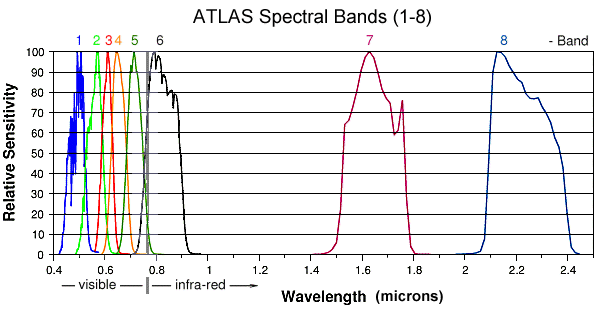 Infrared in astronomy is an important branch of the science which uses infrared radiation or heat energy to detect and study stars, galaxies and other celestial bodies. A relatively new field, it has contributed a lot to current astronomical knowledge. It operates on the theory and observed fact that all objects, including stars, emit infrared radiation.
Infrared in astronomy is an important branch of the science which uses infrared radiation or heat energy to detect and study stars, galaxies and other celestial bodies. A relatively new field, it has contributed a lot to current astronomical knowledge. It operates on the theory and observed fact that all objects, including stars, emit infrared radiation.
Thus, everything in the universe can be analyzed using infrared detectors, including those that are very distant from the earth. Stars and heavenly bodies emit infrared wavelengths between 1 and 300 microns. These are not detectible by the human eye, but infrared instruments can identify them and glean important characteristics from the type of the radiation. In effect, infrared detectors can see what would otherwise be invisible and unknowable if only the naked eye and telescopes are used.
Light or electromagnetic radiation is of various wavelengths. Only a small fraction of these radiations are actually visible to people. The more distant the source of the radiation, the harder it is for the human senses to detect them. Galaxies are incredibly far, far away, and it is estimated that the human eye can see only less than 1% of the radiation they emit. It is a good thing then that infrared detectors have been invented to help astronomers uncover the wealth of information coming from all around the universe through infrared radiation.
Some infrared detectors were sent out in space, so that they can better detect electromagnetic signals without interference from the earth’s atmosphere. They detect various kinds of radiation within the infrared region, including near-infrared light, which refers to infrared wavelengths that are closest to visible light. There too is far-infrared light, referring to wavelengths farthest from visible light and closer to microwave radiation. In between the two is mid-infrared light.
Aside from infrared radiation and visible light, there too are gamma rays, X-rays, ultraviolet, microwave light, and radio waves. With the help of various instruments, astronomers study all these types of radiation coming from different parts of the universe to uncover more information.
